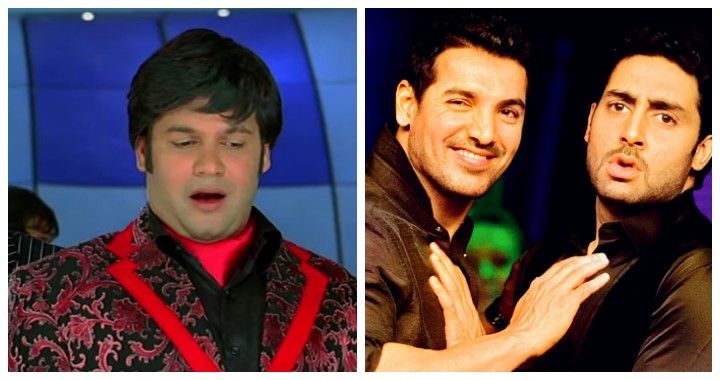The past few years have been quite amazing for Bollywood and its audience in terms of all the pathbreaking films that it has made. From Aligarh to Kapoor and Sons, even the LGBTQ representation has been slightly better and most definitely less of a caricature than what it used to be. But it still remains far from depicting a realistic picture of the LGBTQ community. Cinema has the power to inspire and more often than not it turns out to be the prime source of information for a lot of people. Keeping all this mind, think about all the LGBTQ representation we’ve had in all these years. Don’t you feel all the gay characters in films were all the same? Or is it just me?
Unfortunately, Bollywood has had the same mould for every gay character that it’s ever written. Take any slapstick comedy movie and you will see how LGBTQ have been misrepresented in our films.
If not for that, we’ve got your back, here’s our checklist how Bollywood movies represent the LGBTQ:
A Gay Character Is Almost Always There For Comic Relief
Take Partner, Suresh Menon‘s character as Katrina Kaif’s gay best friend was meant to make people laugh with his over the top antics. And of course, there are those double meaning jokes that his character just has to crack that is meant to make the audience snicker. Almost all gay characters talk and act the same way and are often subjected to highly offensive jokes by the hero. Remember Govinda‘s gay act in Partner? Or the ‘Gay Mehra joke’ in Prem Aggan. *Shudders* This is where it gets problematic, we all know we’ve laughed at characters like this. Now imagine the rest of the country that has less exposure to the LGBTQ community. With the existing stigma in our society, if we continue to portray gay people as characters without any substance we will only add to the ridicule that they already face in our society.
They’re Put In The Same Kind Of Roles
A fashion designer, an event manager, a dance instructor. Except for movies like Aligarh, Kapoor and Sons or Bombay Talkies, most of the other movies have always put gay characters in job roles that are stereotypical. Take the event manager in Kal Ho Na ho or Boman Irani‘s character as a fashion editor in Dostana. Have we ever seen a normal office clerk who’s gay, living his life as normally as anyone else would? Playing by stereotypes, when you put a gay character in moulds like this, again and again, such stereotypes are affirmed for the larger society. Can we blame our society when they ask us questions like “fashion industry mai sab gay hai na?”
The Leading Heroes Are Mistaken Or Pretend To Be Gay
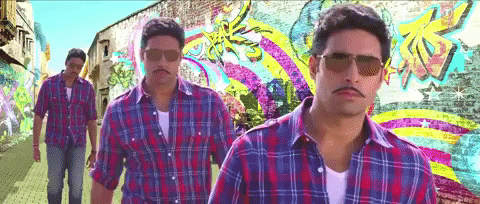
Dostana was a pathbreaking film, being the first of its kind to finally talk openly about homosexuality with two lead actors even sharing an onscreen kiss at the end. But, it also had flamboyant waving of hands, swaying of hips, over-sexualised dancing and mainly two straight men pretending to be gay. While it opened up the mainstream audience to the gay community it also reaffirmed a lot of stereotypes. Even Abhishek Bachchan‘s OTT gay avatar in Bol Bachchan was used as a way to ward off Ajay Devgn‘s tough macho character. And, how can we forget Kanta Behn‘s scandalized face in Kal Ho Na Ho when she sees Shahrukh Khan and Saif Ali Khan‘s character in the bed together? While we understand many times it might have been the need of the story, other than a few laughs, these characters sort of tell the audience that being gay might be a lifestyle choice or a phase for a person.
They Only Portray Men Being Effeminate
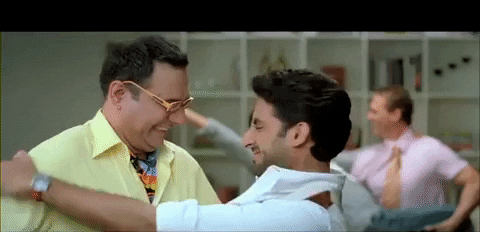
Again, apart from a handful of movies, the portrayal of the LGBTQ community has been restricted to men being extremely feminine. While there’s absolutely nothing wrong with effeminate men, putting them in colours ‘meant for women’ like pink, purple, bright floral shirts and almost always a scarf has been the norm so far. Gay men need not always be effeminate and dressed in bright high street outfits, they could look like any other person and it is important to get this message out to our audience. This is where Kapoor and Sons and Bombay Talkies so brilliantly succeed. Thanks for that Karan Johar! But even today, if anyone was asked to act out a gay person, they’d probably turn to effeminate characters in our movies. Meanwhile, lesbians, bisexuals, transgenders and other queer people have still not found much representation in Bollywood movies. The little they have, they’re immediately put under the bracket of ‘indie’ films and left for film critics and students to watch and analyse.
They’re Almost Always Portrayed As Extra Horny
Believe it or not, not everyone who is gay always wants to have sex, but Bollywood films have taught us otherwise. Take all the characters mentioned above and you’ll see that along with being flamboyant they are shown to drool over the hero or some other macho guy in the film or crack double meaning penis jokes. Take Suresh Menon’s character from partner again, the ball jokes, the coy expressions, and the shudders.
To sum up, the LGBTQ barely has any representation in our films and if they do they, the Indian gay man is portrayed to be promiscuous, someone without any moral qualms and almost always put in a stereotypical box. This is what needs to change.
Talking about the issue, Atmaj Vyas, lifestyle blogger at MissMalini had the same concerns.
Bollywood has the ability to make a huge impact and help educate people about important issues pertaining to the LGBTQIA community. It’s high time people realise the power they have and use it to push past the outdated stereotypes.
Even then, a huge shout out to movies like My Brother Nikhil and Margarita With A Straw for portraying the LGBTQ community realistically.
With changing times, there is a need to raise awareness about the LGBTQ community and try our best to brush away any myths about them.
There are yet to be films in which LGBTQ people are portrayed as accepted members of society going about their business. But, we can understand a filmmaker’s apprehension, will our society accept it? Either way, we would definitely love to see movies that clear misconceptions about the community and show them in a true light. Wouldn’t you?

